Capturing the colours of autumn is a popular activity for image creators every year. As the leaves begin to turn, let’s look at ways to make your images more memorable and more powerful.
The big deal about fall colours, is of course the colour itself. Depending on where you live in the country, the colours will appear and disappear at different times. Plan ahead and consult your local weather service, because they typically post the best days for fall colours in your particular area.
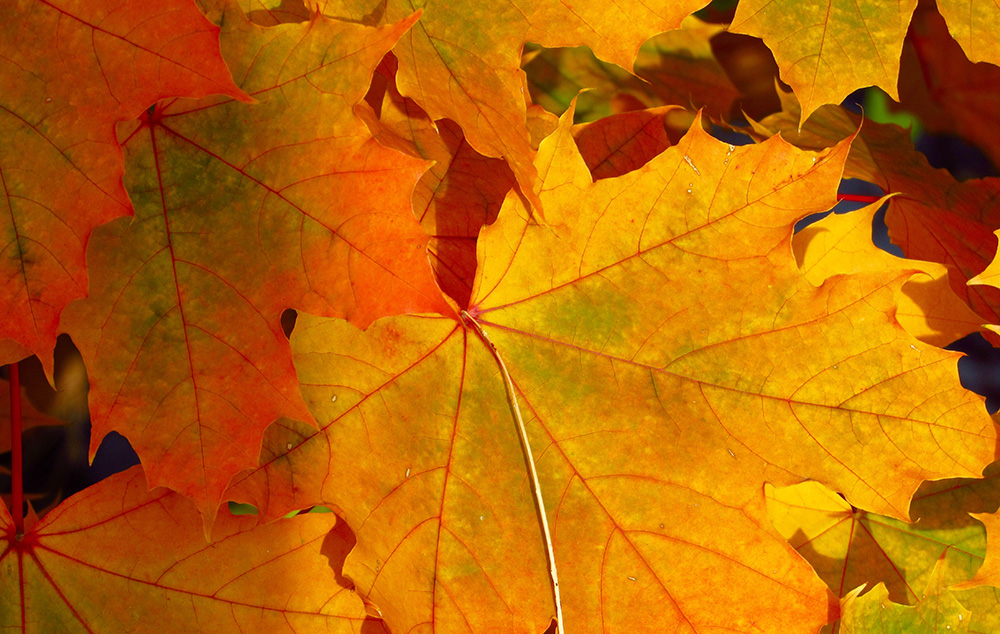
Most fall colour images are static shots. Static shots are pretty but don’t have the power to grab the eye and hold it without a story attached. You want something else in your fall colour images that will grab the eye and tell the story. Think about shooting down into a small town from a hilltop, to get a different view or include the white steeple of that small town church. Shoot from the middle of a winding road so the colours tunnel for the eye to travel through.
If you have the opportunity to shoot autumn colours near a body of water, make sure to get up really early so you can be in position at sunrise. That’s when the water is calmest and produces the best fall colour reflection images. Reflections are one of the times where having the horizon dead center is a reasonable contradiction of composition guidelines.
As the temperatures shift, before Indian Summer, there will often be low lying fog at sunrise. This softness diffuses the early light adding a wonderful glow to the scene. Yes, you have to be up early, but you will get the shots that others miss. Don’t be afraid to use a bit of overexposure to really make the glow stand out.
Watch the direction of the light. Avoid shooting into the rising or setting sun, even when it looks dim, it’s still much brighter than the ground. For fall colours, look for cross light, which is light that cuts across a scene to create highlights and shadows. Simply pointing yourself at ninety degrees to the sun can help you find really nice cross light.
Remember that for really rich colours, an overcast day is the perfect day to shoot, because the shadows will be softer and you can really drive the colour saturation. Put a waterproof plastic bag over the camera and lens, and get out to shoot in the rain. There’s a look from rain that is unattainable at any other time.
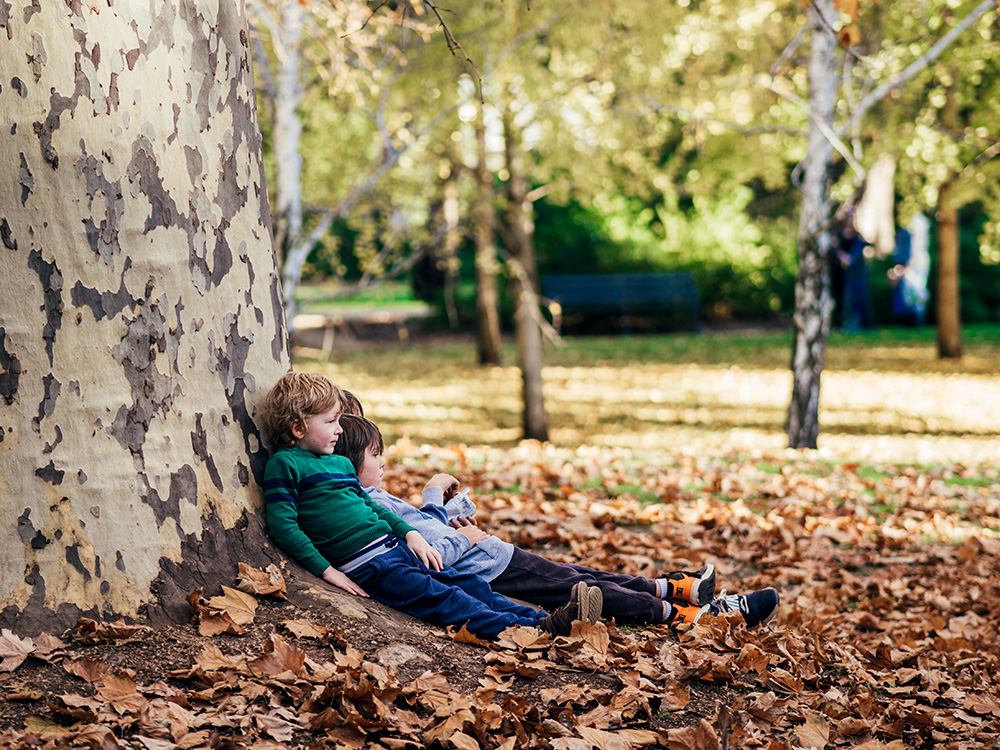
If you are shooting on a bright sunny day, be sure to affix your polarizing filter to help manage reflected light, to deepen the blue of skies and to make colours pop. A polarizer won’t do much in the overcast but a good one will make a huge difference on days with direct sunlight.
If you have children or grandchildren put them in the foreground and let the sun backlight them so their hair gets a nice glow on. Now the tree colours are secondary and make a very nice backdrop. Use brightly coloured clothing for a powerful look.
If you are shooting with a wide-angle lens, make absolutely sure that you have something in the foreground, otherwise you will completely lose the sense of depth and scale that the wide angle is built to deliver. A boulder, a hay bale, a patch of wildflowers, held in sharp focus very close to the camera, while using a small aperture will give you lots of depth of field, so everything is in focus. This really accentuates the space and distance. A wide-angle shot without a foreground element gets boring very quickly.
Fall colours are also a great time to get out your close-up or macro lens. Sometimes an image of a red maple leaf floating in a creek eddy tells the fall story better than a landscape with hundreds of coloured trees. As the leaves start to fall and decay, the interplay of brown leaves fallen amongst still bright green ferns can be very powerful. Rather than shoot the rotting stump, put a couple of fallen leaves with good colour on the stump and get in close to grab the texture of the neutral wood and bark with the splash of colour from the leaves.
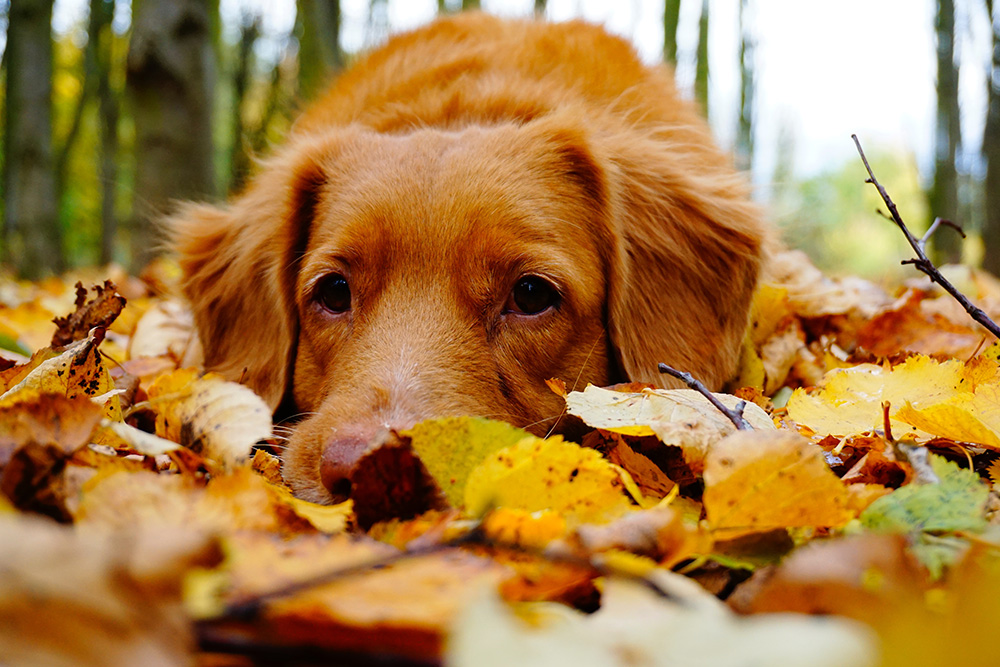
With autumn upon us, there is just so much for you to be shooting. Plan your photography outings, get together with photo friends for a day trip, or simply head out on your own to explore. With some preparation and planning, you will capture amazing images that will look great on your wall or on your website or social media.
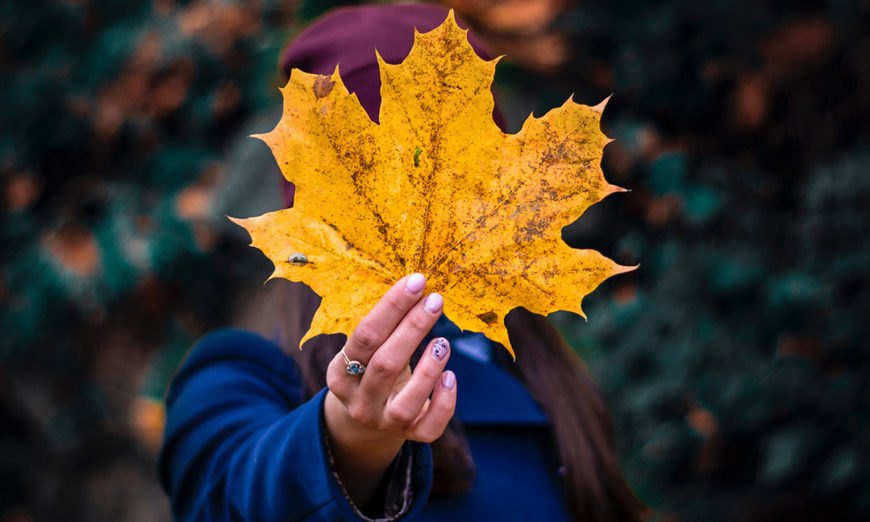
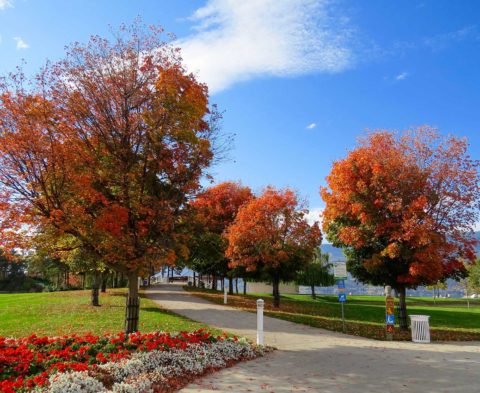
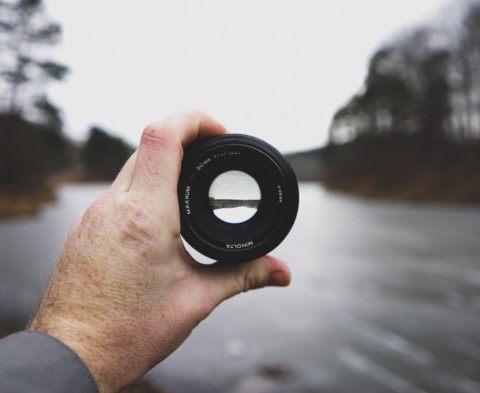

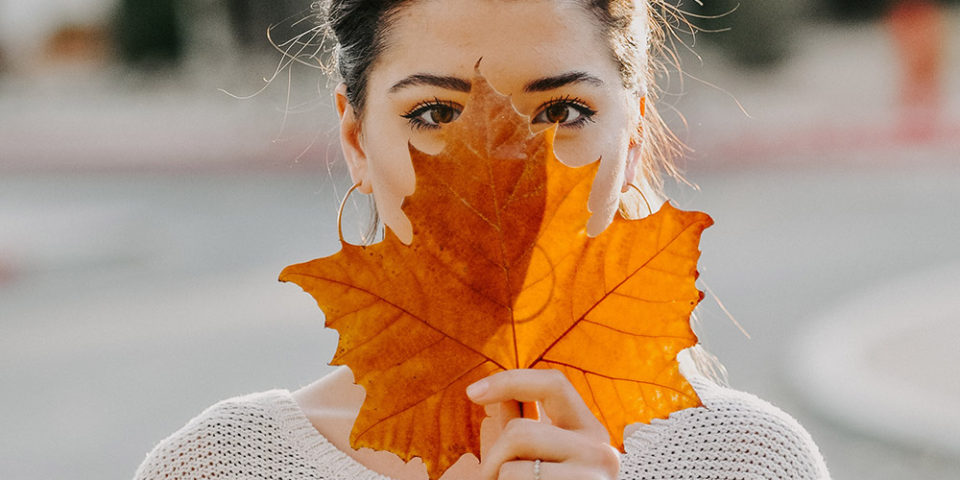
COMMENT (1)
Pingback: Quick Tips for Capturing the Colours of Autumn | Photography and video news, reviews and tips | Henry's Camera